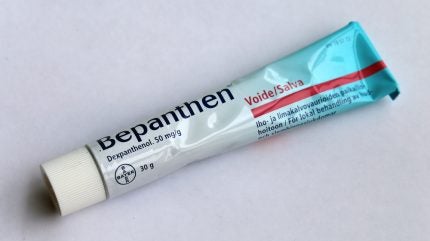
Barrier tube packaging is becoming more common in everyday products, from toothpaste and hand cream to medicines and sauces.
These tubes are designed not just for convenience, but to keep what is inside safe from air, light, and moisture. By protecting the contents, barrier tubes help products last longer, stay fresh, and remain effective.

Discover B2B Marketing That Performs
Combine business intelligence and editorial excellence to reach engaged professionals across 36 leading media platforms.
What makes barrier tubes different
Ordinary plastic tubes can let in oxygen or light, which may spoil or weaken the product over time. Barrier tubes are made with several protective layers that block these outside elements.
Materials such as aluminium or special plastics like EVOH (ethylene vinyl alcohol) are often used to create this extra protection.
This means toothpaste does not dry out, a skin cream keeps its texture and fragrance, and medicines remain effective until the end of the tube.
For food items like sauces or condiments, barrier tubes help preserve taste and quality. In short, they give consumers confidence that the product inside is safe and reliable.

US Tariffs are shifting - will you react or anticipate?
Don’t let policy changes catch you off guard. Stay proactive with real-time data and expert analysis.
By GlobalDataThe shift towards greener solutions
While protection is important, the packaging industry is also under pressure to reduce waste and use more sustainable materials. In response, many companies are working on recyclable barrier tubes.
Instead of using layers that cannot be separated, some newer tubes are designed to be processed in normal recycling systems. EVOH-based tubes, for example, offer both strong protection and better recyclability.
Brands are also looking at how to use fewer raw materials. Lighter tubes require less plastic to make, and improved printing techniques allow for attractive designs that do not interfere with recycling.
This balance between safety, design, and sustainability makes barrier tubes an appealing option for companies that want to meet consumer expectations for eco-friendly packaging.
Growing demand across industries
More and more industries are adopting barrier tube packaging. In the cosmetics sector, tubes are widely used for creams, gels, and sun protection products, offering hygiene and portability.
Pharmaceutical companies prefer barrier tubes for ointments and medicated creams, as they keep medicines safe and easy to use.
In the food sector, tubes are used for products like mustard, ketchup, and honey, keeping them fresh while being convenient for on-the-go consumption.
Analysts expect the demand for barrier tube packaging to continue rising worldwide. Consumers want packaging that combines safety, convenience, and sustainability, and barrier tubes meet all three needs.
For this reason, they are likely to remain a key part of the packaging industry for many years to come.





